Has Time Run Out for Virtual Reality?
Despite an array of compelling headsets, the clock is ticking for VR to resonate with the masses, and augmented reality is already stealing VR's thunder.
Back in 2012, Palmer Luckey captured the world's imagination with the dream of a viable virtual reality headset — one that could be used by the masses, ushering in a new era of excitement for entertainment.

And so, the hype engine swelled, first with promising demos and glowing think pieces, next with a slew of developers and early adopters eager to get in on the ground floor, plunking down their hard-earned cash for prototypes.
Excitement for VR reached a fever pitch in 2014, when Facebook announced it was purchasing Luckey's company, Oculus VR, for $2 billion, with plans to launch a consumer-grade VR headset. HTC, a struggling phone maker, partnered with Valve to announce that they, too, were bringing a VR headset, dubbed Vive, to market.
And just like that, virtual reality was off to the races, with the Rift and Vive vying for a coveted space in early adopter households. On the launch dates for the products, each got relatively positive reviews. But somewhere in the midst of all the hoopla made by the press, analysts and companies proclaiming 2016 "The Year of VR," regular shoppers missed the memo.
"You have your innovators, your early adopters, and you've got your early mass [adopters]," said Daniel O'Brien, HTC Vive general manager of the Americas and EMEA. "And early mass needs us to solve some problems, and I think wireless is one of them, ease of setup and use is another, breadth and depth of content is another, and then you start to look at things like cost."
A year later, the dream of a VR headset in every household has yet to come to fruition. And with emerging technologies like augmented and mixed reality coming into play, some people are wondering if virtual reality is destined for the same fad dustbin as 3D TVs.
The state of VR (right now)
According to SuperData Research, just 420,000 HTC Vive units were sold in 2016, and Facebook sold only 250,000 Oculus Rifts. Most of the action was on the console and mobile side.
Sony staked a claim in the space with the PlayStation VR starting in the latter half of 2016 and has since sold over a million units of the console-based headset. Still, mobile is king. Samsung sold 4.5 million units of the Gear VR in 2016.
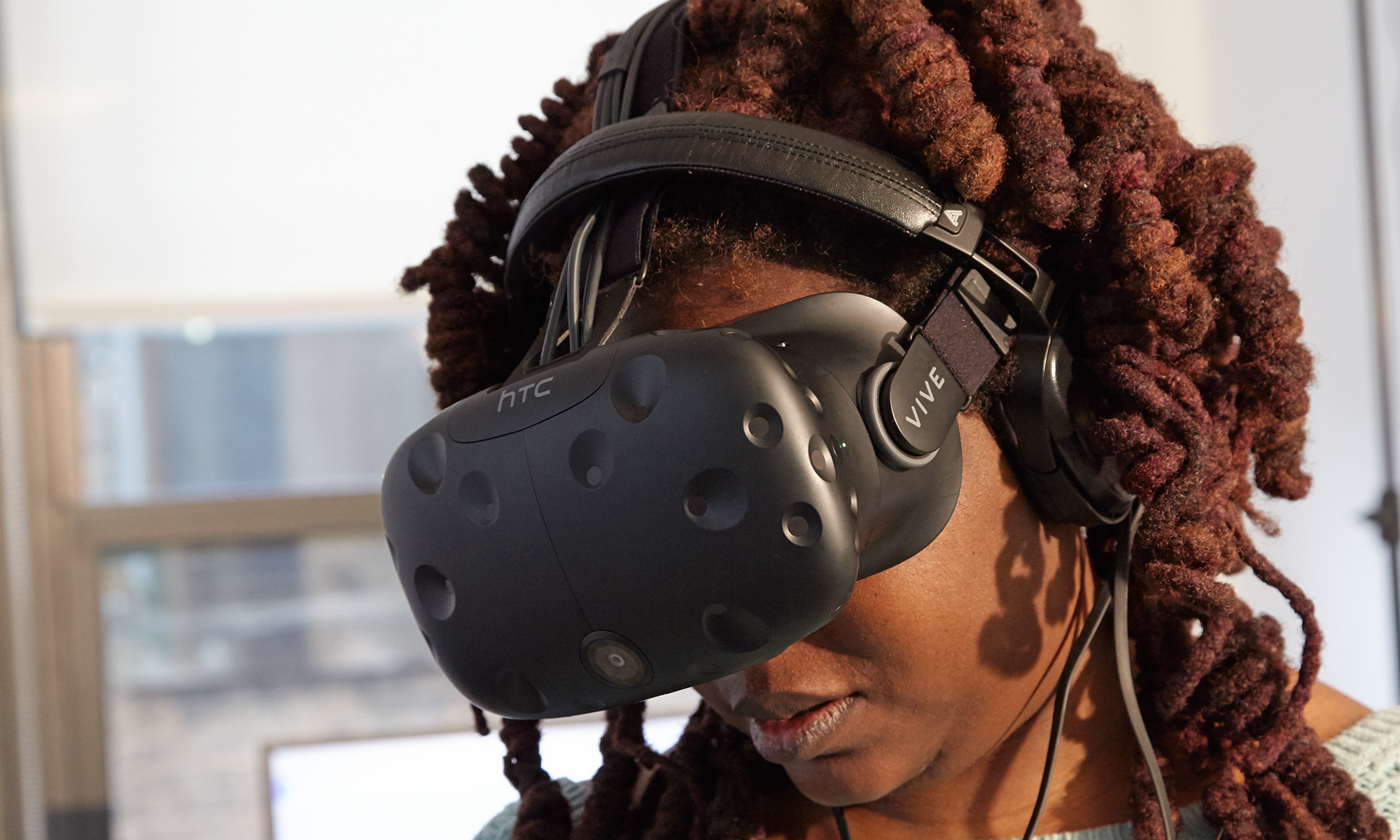
Despite a couple of positive signs, virtual reality headsets have several obstacles to overcome. For the HTC Vive and Oculus Rift, being tethered to a PC is a lingering problem. Cost and the amount of space these setups take up are also big issues, particularly for apartment-dwelling consumers. And the idea of purchasing a compatible laptop or desktop, which can range in cost from $599 to $3,000, on top of the actual VR headset ($499 for Oculus Rift, $599 for Vive) is hard to swallow for anyone except the most deep-pocketed consumer.
"A lot of times, I get the question of 'When's Mom going to buy it?' Mom's going to buy it when Mom has a reason to buy it."
You think about adding an Oculus or a Vive headset on top of a gaming PC — I mean that's as much as a really big 4K TV," said Ben Arnold, an industry analyst with NPD. "It's a pretty significant cost that consumers have to incur."
Outside of a recently refreshed PlayStation VR headset ($299) and a few title launches, there hasn't been much movement from Sony this year.
HTC's O'Brien said it's a matter of access. "We need to make it more accessible and easier to set up, and we need to widen the [available] content," he explains. "A lot of times, I get the question of 'When's Mom going to buy it?' Mom's going to buy it when Mom has a reason to buy it."
Where Are the Killer Games and Apps?
A virtual reality headset, like any other software, is only as good as its software. And while apps are being developed for education, social and entertainment, gaming remains the current biggest use case for VR.
"It's just that we haven't gotten to the apps that we love yet, and the really great experiences are still pretty expensive," said Arnold.
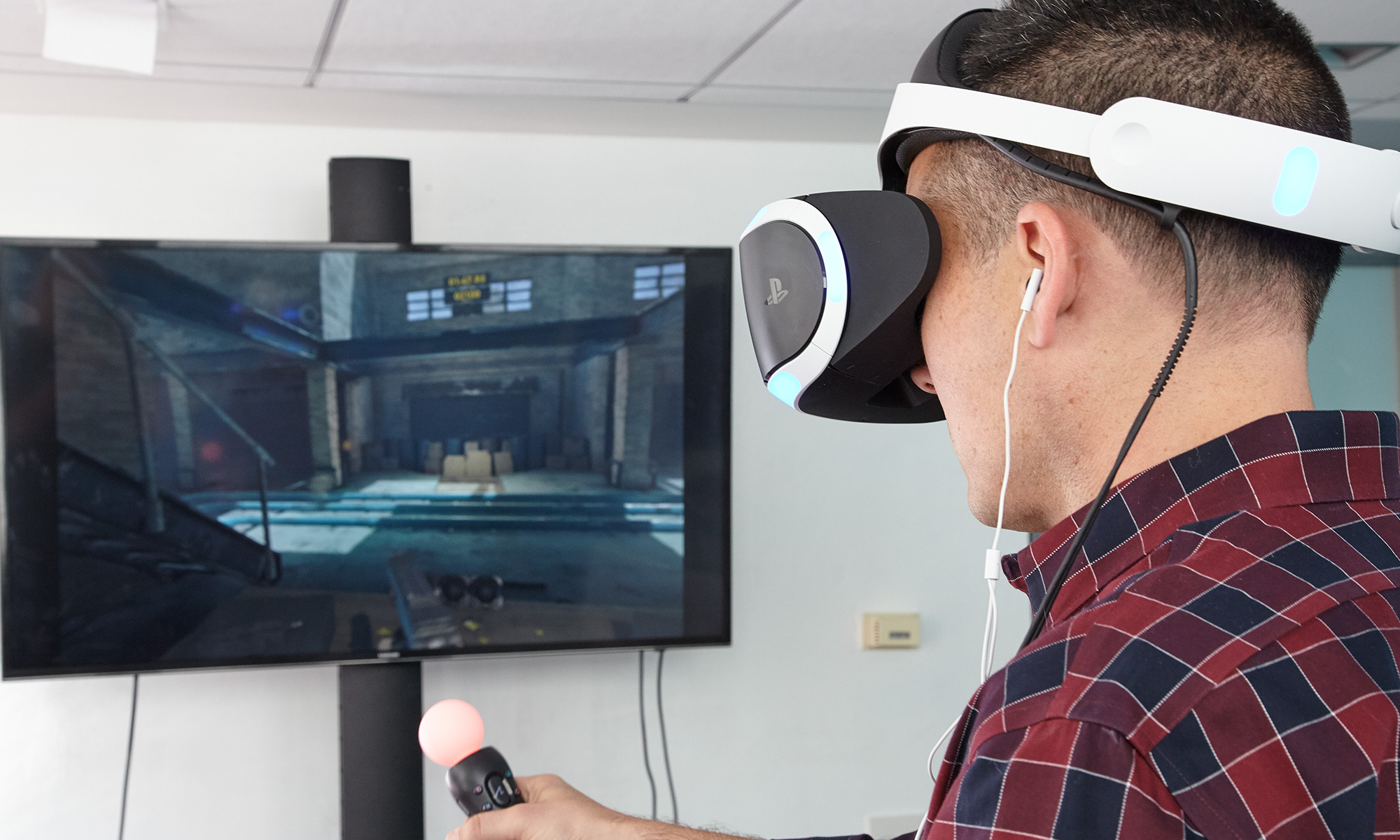
The Oculus VR library contains over 2,000 games that span the Rift and the Gear VR. Meanwhile, the entirety of the PlayStation VR catalog consists of games. The Vive library currently has over 300 titles and offers access to five new games and apps each month through a monthly $6.99 Viveport subscription. Google's Daydream View has the smallest library of content, at over 200 titles.
But even with all those games and apps, it seems we're still waiting for that must-play experience to pique consumer interest. "I think we're still kind of waiting for the content ecosystem to develop," Arnold said. "Especially as it relates to mobile VR. There's a lot of apps, there's some interesting game apps, but I wouldn't say that there's a killer app that everybody needs to have, that everybody is dying to have yet."
MORE: Best VR Headsets
There's a misconception that VR lacks the big-name developers and publishers that are found on console and PC games. However, Ubisoft, Bethesda, Warner Bros., Epic Games, Insomniac Games and Harmonix have released several games that are drawing rave reviews. In fact, Ubisoft was one of the first major publishers to embrace VR.
Chris Early, Ubisoft's VP of partnerships and revenue, explained that the company has high hopes for the medium. "We believe that we're making an investment at this time in learning how to tell stories develop a new entertainment medium in VR," said Early. "We believe that in time, there will be a large market there."

Intel is also banking on these prestigious titles. "We have several applications where we've worked with ISPs like Arizona Sunshine, Star Trek: Bridge Crew, The Unspoken and Lost Echo," said Frank Soki, general manager of the Virtual Reality Center of Excellence at Intel. "We wanted to enable early titles to show the value of Core i5 and i7, what the value of these processors are with these AAA titles. So we're going to keep driving the premium side of the market."
Locomotion is another hurdle for developers to overcome. Even though the Oculus Rift and HTC Vive having room-tracking capabilities, many developers are trying to figure out the art of movement. In traditional games, you simply use the controller to maneuver the camera and your character through the world. But in an immersive VR experience, in which a quick turn of the head could result in nausea, movement is largely handled by teleporting from point A to point B. It's a clunky experience, one that takes away from the immersion.
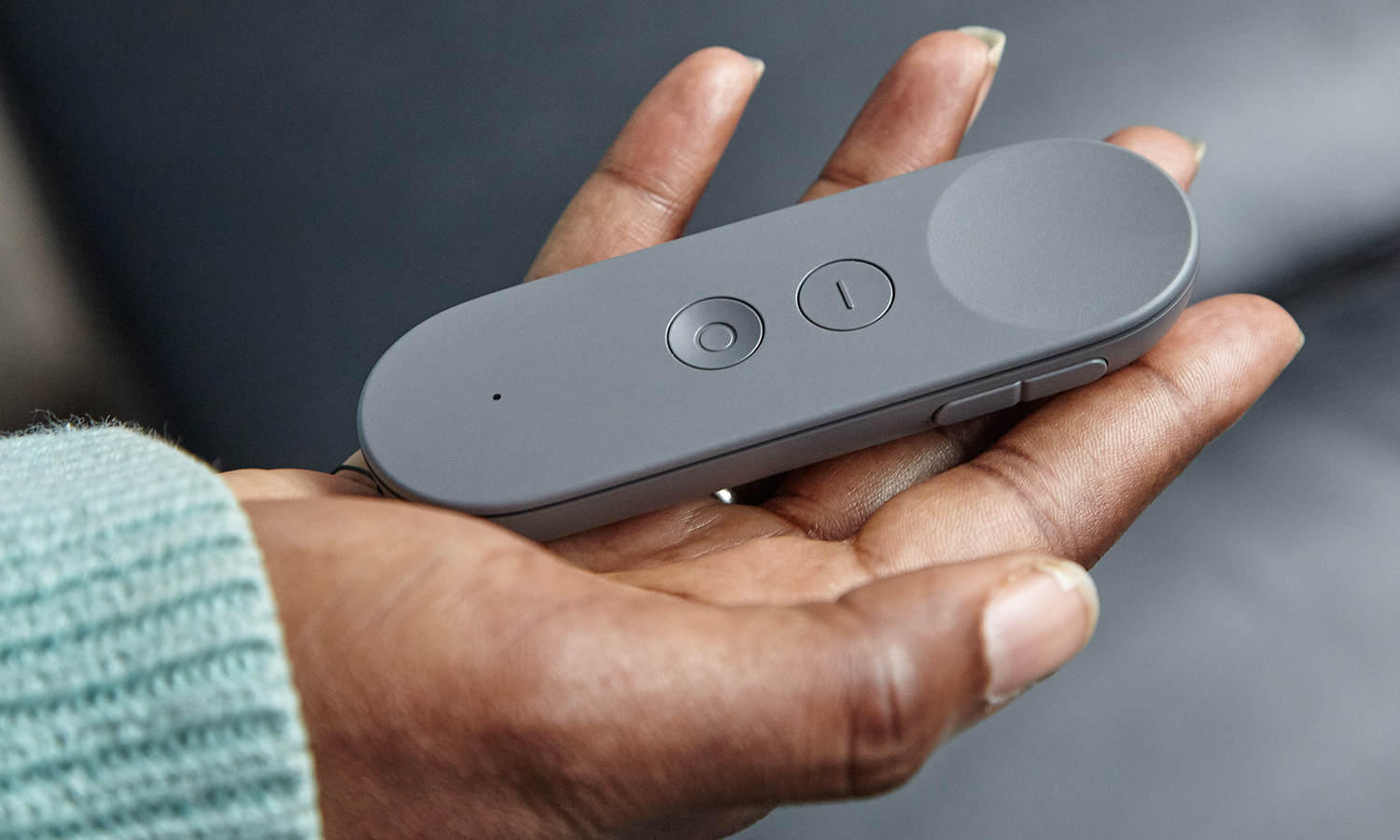
Another obstacle VR must overcome is the perception that it's a lone-wolf activity. Oculus, a VR leader, is owned by social media juggernaut Facebook, and both companies are dedicated to developing social activities for VR.
MORE: Beyond Gaming: 10 Other Fascinating Uses for VR
Jason Rubin, Oculus VP of content, cites the recent launch of Facebook Spaces on Rift, which lets you interact with other people as if you were in the same room. The Parties app has also been updated, and it allows up to three people to interact via voice chat. On the gaming front, Rubin points to Echo Arena, one of Oculus' most popular games, which pits up to 10 people against one another.
From mobile to wireless
The perennial bright spot for VR continues to be mobile devices like the Gear VR and Daydream View. Thanks to the relatively low price of both devices ($129 for Gear VR, $99 for Daydream View), they've been more widely disseminated than their PC and console counterparts. However, neither headset offers image quality close to that of higher-end headsets.
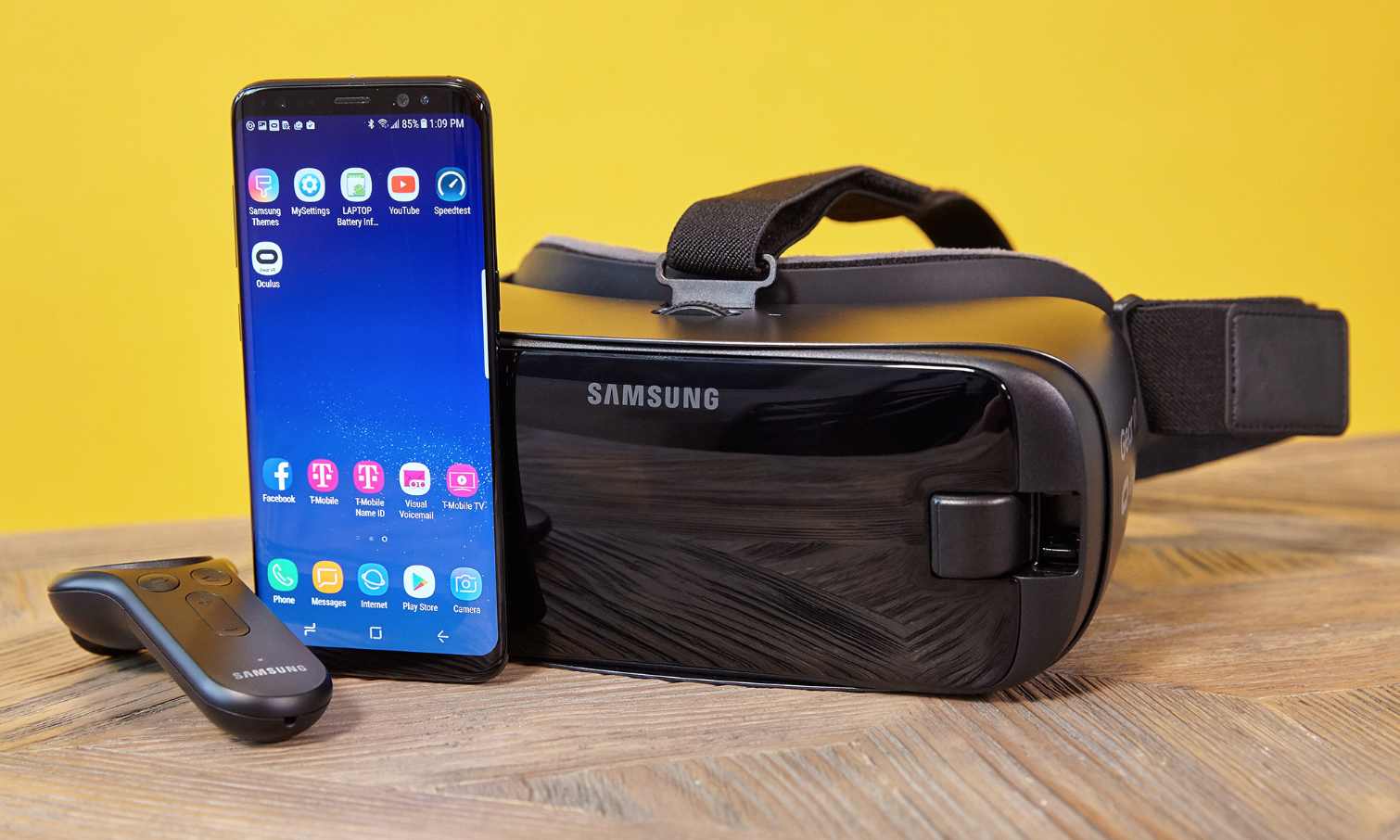
The current dream for VR is to combine the mobility and tether-free ease of a mobile headset with the power of a PC-powered device.
We've seen stopgap solutions like the VR backpacks from MSI and HP. However, the most promising solution came from Intel with its Project Alloy headset. Completely wireless, Project Alloy put an entire PC (including a CPU and integrated graphics) into a VR headset along with four RealSense cameras for room-tracking and mixed-reality capabilities.
But the company recently killed Project Alloy, citing lack of interest. Instead, Intel will be focusing on adapting the headset's technologies into other virtual- and augmented-reality projects.
In the case of Oculus, Rubin, admits that being tethered is an issue, but he argues that going wireless would only add more to the cost. "Replacing the cable with a wireless peripheral is possible, but not inexpensive. ... So, even though adding wireless transmission may improve the experience, for many, the cost outweighs that advantage."
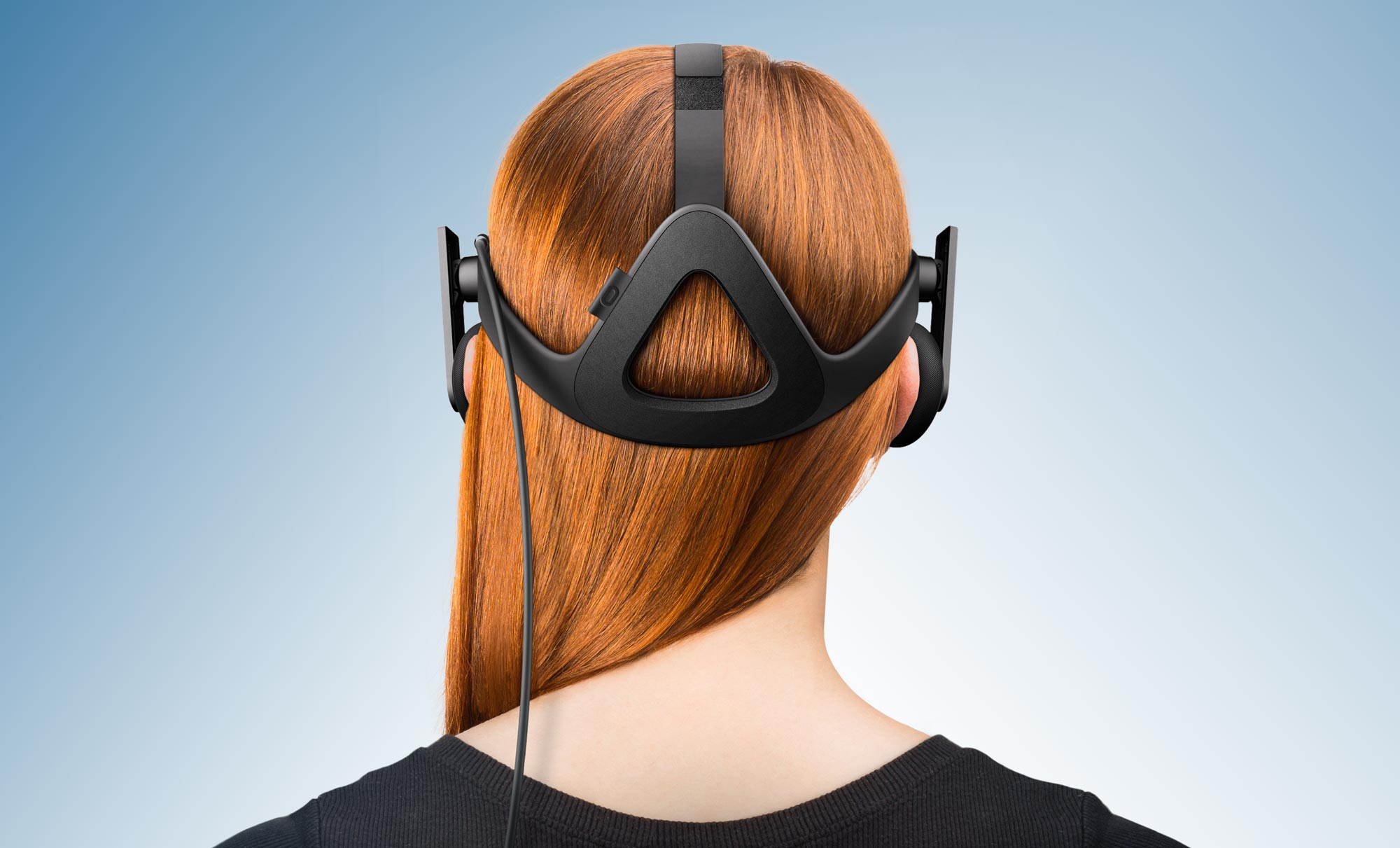
For its part, HTC has been working on making wireless VR a reality by teaming up with TP-Link on a TPCast wireless adapter, which costs a steep $299. Intel has also demonstrated a wireless adapter, but there's no word on a release date or price.
Meanwhile, HTC is also collaborating with Google on a stand-alone headset, as is Lenovo. And thanks to Google's recent acquisition of HTC's smartphone business, deeper partnerships on the mobile VR front could be on the horizon.
Despite cost concerns, Oculus is looking to go wireless, too. According to Rubin, there are two potential scenarios: a wireless PC-powered headset that would be expensive to make and the all-in-one prototype that Facebook CEO Mark Zuckerberg revealed last year. The latter would be on a par with the Gear VR in terms of image quality unless Oculus finds a way to put discrete graphics and a powerful enough processor into the mix. Both options would boost the headset's price significantly.
Still, Intel's Soki said he believes the pricing will come down in time. "There's going to be this segmentation model that starts to drive performance, mainstream and entry-level headsets for PC VR applications."
AR rising
Unlike VR, augmented reality is the very definition of accessible. You don't need to don a headset; just put your phone in front of your face to enjoy immersive 3D content that merges with the camera's real-world view. All consumers have to do is download an app and press a button for the magic to happen.
AR apps like Wikitude and Layar introduced AR to some users, but Snapchat and its many face-changing filters and Pokemon Go have brought the technology into the mainstream.
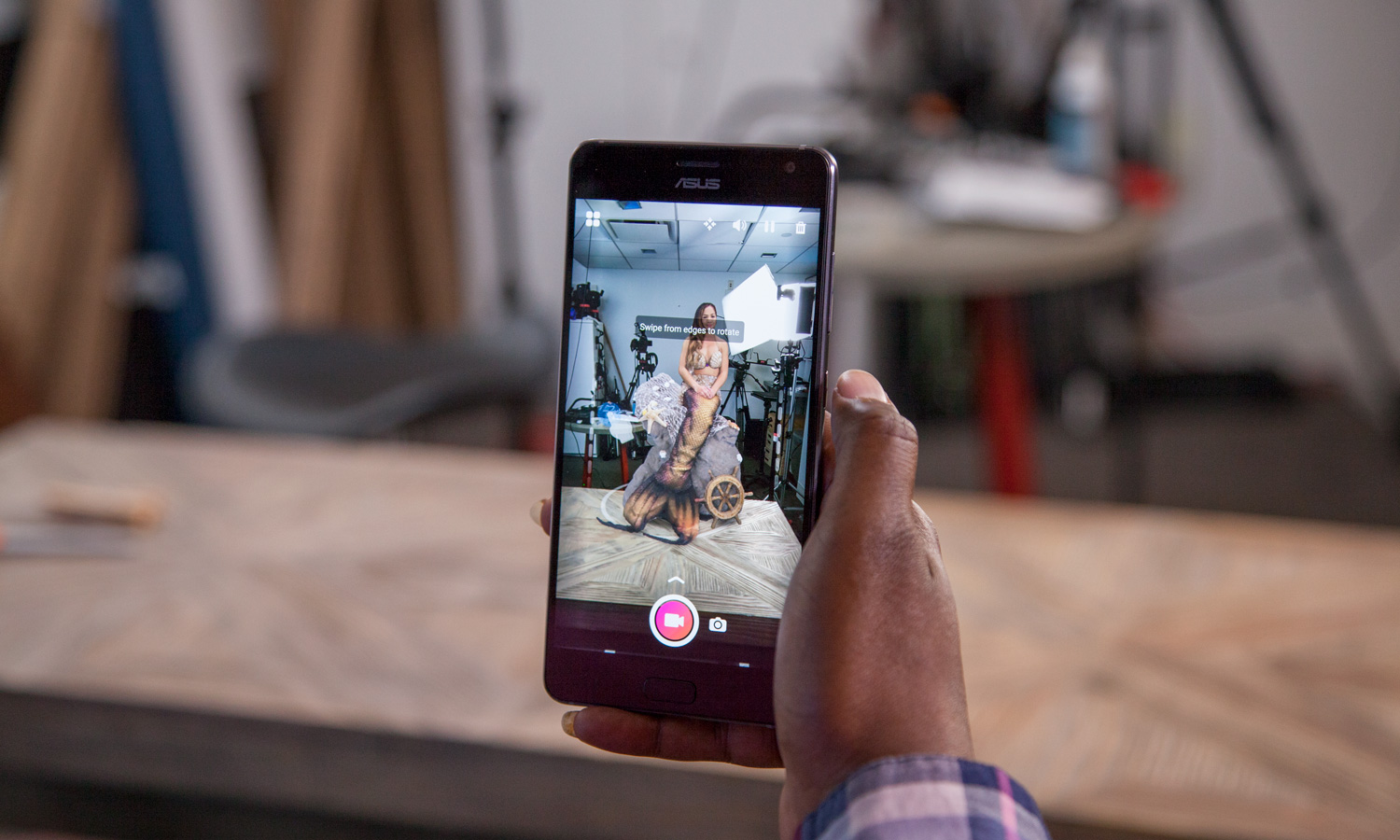
Google attempted to push the AR envelope in late 2016 with Project Tango, adding depth-sensing and room-mapping technology to smartphones. The effort flopped, as Google partnered with lesser-known phone manufacturers and required expensive cameras and sensors. The general public didn't embrace the Lenovo Phab 2 Pro or Asus ZenFone AR. It didn't help either that Google launched with 20 to 30 Tango apps. And according to TechCrunch, only a small number of those apps managed to get over 1,000 downloads.
"In the long run, AR and VR headsets will likely converge."
Following the lukewarm response to Tango, Google switched gears and announced ARCore. Designed to expand the current reach of Google's AR capabilities for developers, ARCore is launching on both the Pixel line and the Samsung Galaxy S8, which has sold over 20 million units to date, with a goal of hitting 100 million Android smartphones and tablets.
MORE: Augmented Reality Glasses: What You Can Buy Now
Apple recently set its sights on augmented reality with ARKit. Available with iOS 11, the software-development kit allows developers to create AR content and let consumers interact with the results. There isn't a large cadre of apps to impress the masses yet. However, Apple does have a reputation for refining existing technologies and making them better in the long run.

"Apple is pushing augmented reality into the mainstream," said Avi Greengart, research director for consumer devices at GlobalData, "because with the iPhone 8, you don't need an expensive sensor to make it work. In fact, ARKit apps will work on any iOS device running an A9 chip or newer with iOS 11 installed, which means it supports older devices like the iPhone 7 and iPhone SE.
It's a promising start, but Oculus' Rubin said that AR and VR will ultimately complement one another rather than compete with each other.
"In the long run, AR and VR headsets will likely converge," said Rubin. "You will choose whether you want to augment your day-to-day existence or step outside it to experience something virtual and alternate."
Merging the future
The other candidate angling for a place in the spotlight is the merged or mixed-reality headset. Using integrated depth sensors and room-mapping technology, mixed-reality headsets can potentially transform your living room into a battlefield, turning your couch into a boulder or a table into some useful cover.
The most recent examples of the tech come from the recently defunct Intel Project Alloy and Microsoft's HoloLens. But the developer kit for Hololens still costs a whopping $3,000, and thus far, it's been relegated to mostly enterprise applications.
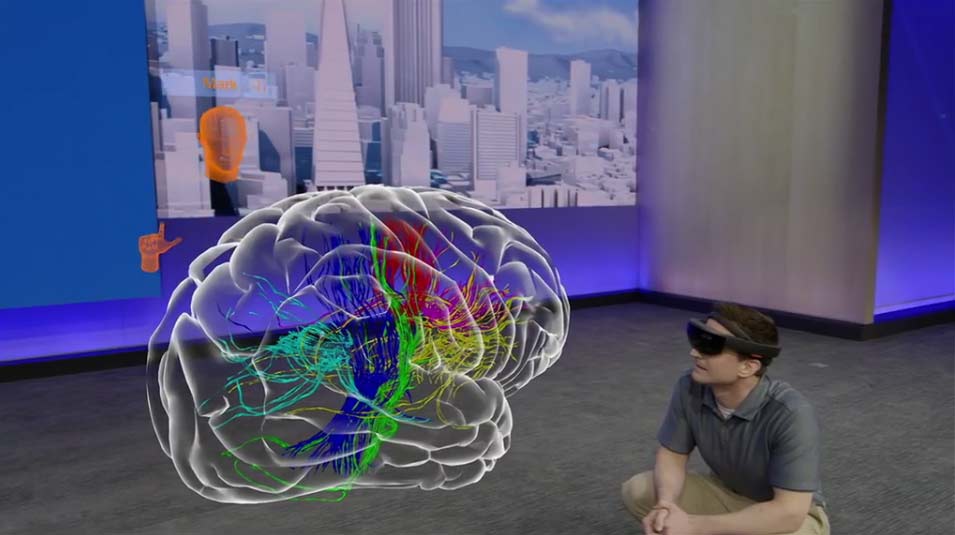
Using a tinted visor, lenses, sensors, and an integrated CPU and GPU, HoloLens is a wireless headset that can create visual holograms that can be overlaid into your environment. While this is a great achievement, HoloLens is still very much a niche product with an extremely small 30-degree field of view, which means that the images created by the device are relatively small. It also has a high price tag, which puts it out of reach for the mainstream consumer.
MORE: Microsoft's Amazing HoloLens: Everything We Know So Far
In the meantime, Microsoft is making another go at VR with a range of so-called mixed-reality headsets, partnering with Acer, Dell, HP, Lenovo and Samsung. The devices must be tethered to laptops or desktops, similar to the Rift or Vive, but they start at a much cheaper $299 and work with cheaper PCs powered by integrated graphics.
In addition, many of these headsets will come with motion controllers to make the experience more immersive, and Microsoft promises an easier setup than with the Oculus Rift or HTC Vive. And with motion tracking built into the headsets, you won't need to install any additional hardware, as you need to do with the Rift and the Vive.
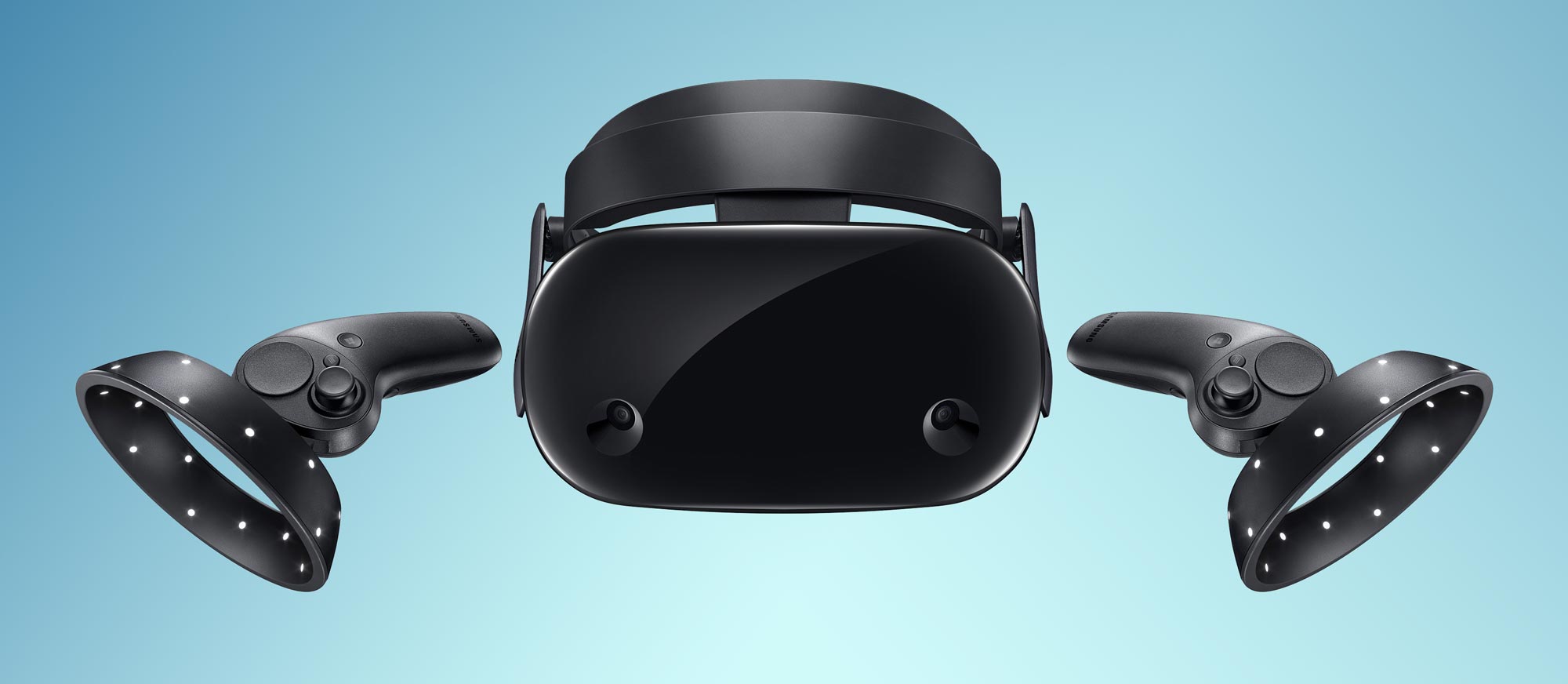
However, early product demos reveal that the image quality might be inferior to that of these devices' premium cousins.
"The challenge that Microsoft has," said Greengart, "is that it's entering an incredibly crowded early adopter market. ... It hasn't been made really clear what you're going to be able to do on these systems other than potentially playing games."
Depending on which configuration of headset you purchase (Ultra works with PCs that have discrete graphics, while Regular is confined to integrated graphics), you'll get a VR experience that runs at either 60 frames per second or 90 fps. While the Ultra 90-fps iteration of the headset should provide a relatively smooth performance, the lower-tier, regular configuration delivers muddy images with a slight stutter.
Microsoft's mixed-reality headsets will support virtual reality titles from Steam, such as Superhot VR and Arizona Sunshine, which is a major win. But as Greengart points out, the highest specs on these new headsets come with prices that rival those of both the Rift and the Vive, but the devices might only match the performance of a Gear VR. And although Microsoft is going to lean on Valve and SteamVR for titles, there's no telling how many will be available at launch.
A narrow window
So is virtual reality done before it really took off? After years of false starts, the technology finally got the push it needed from Oculus and HTC to get into the hands of early adopters. Price cuts to the Rift and Vive make these headsets more attractive to shoppers, but you still need a high-powered PC.
Microsoft's mixed-reality headsets start at an even lower price and will work with cheaper PCs that have integrated graphics. The problem is that all of these devices tether you to a desktop or laptop.
"I would expect in two years that we're going to have cost-effective options for immersive VR. ... If it takes much longer than that, I can see consumers moving on."
For the foreseeable future, even cheaper, truly mobile headsets like the Gear VR and Daydream View will continue to lead the virtual reality charge. Now that Google is making smartphones other than the Pixel Daydream compatible with virtual reality, millions of Android users will have their first VR experience.
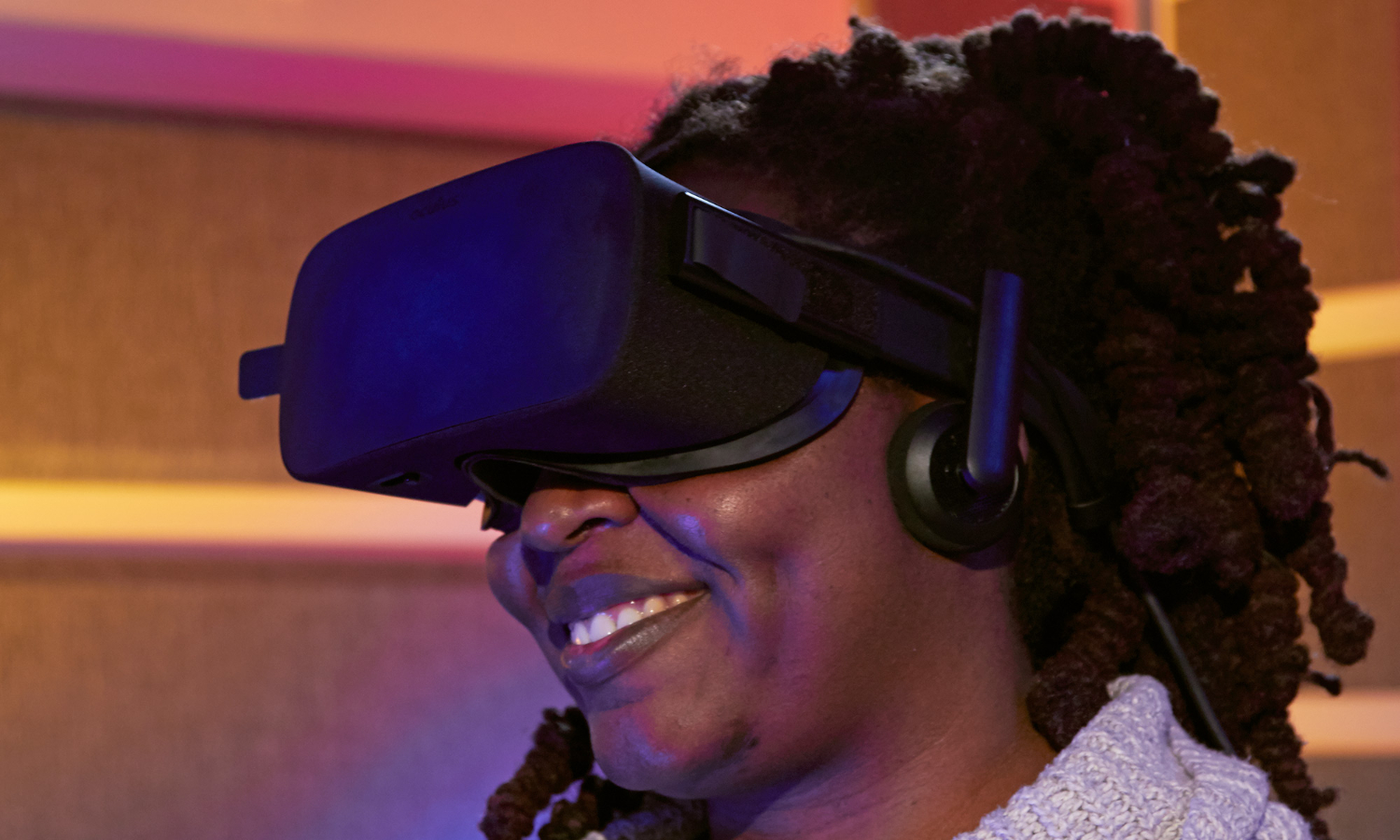
But augmented reality is a real threat, because it's gaining momentum with developers, and a new wave of apps is starting to arrive on both Android and iOS. And AR headsets, those that don't support VR at all, could quickly follow.
NPD's Arnold said he is cautiously optimistic about VR's future. "I would expect in two years that we're going to have some pretty cost-effective options for a really immersive VR experience," he said. "If it takes much longer than that, I can see consumers kind of moving on to the next thing."
Credit: Tom's Guide/Shutterstock
Sign up to get the BEST of Tom's Guide direct to your inbox.
Get instant access to breaking news, the hottest reviews, great deals and helpful tips.
Sherri L. Smith has been cranking out product reviews for Laptopmag.com since 2011. In that time, she's reviewed more than her share of laptops, tablets, smartphones and everything in between. The resident gamer and audio junkie, Sherri was previously a managing editor for Black Web 2.0 and contributed to BET.Com and Popgadget.

